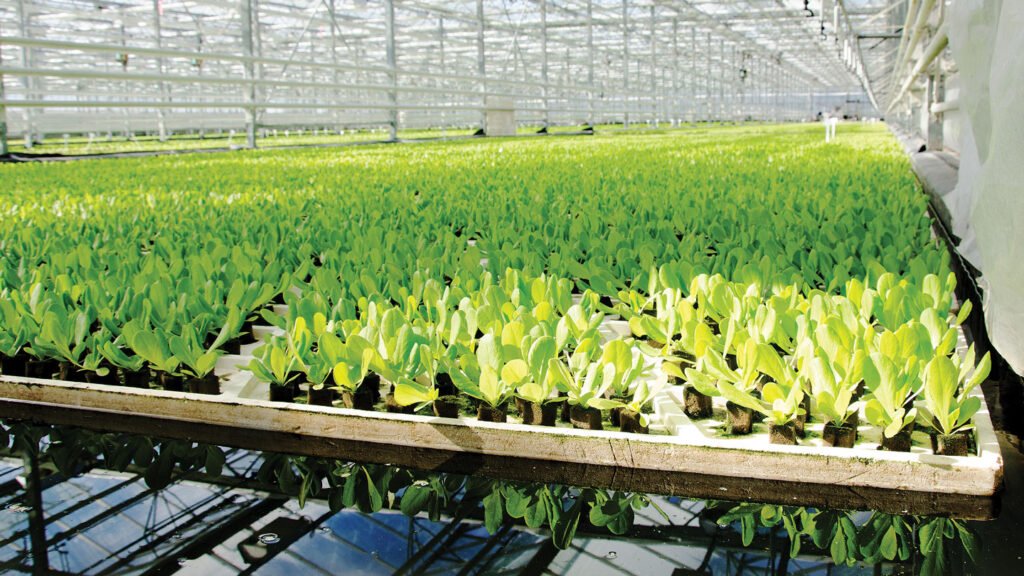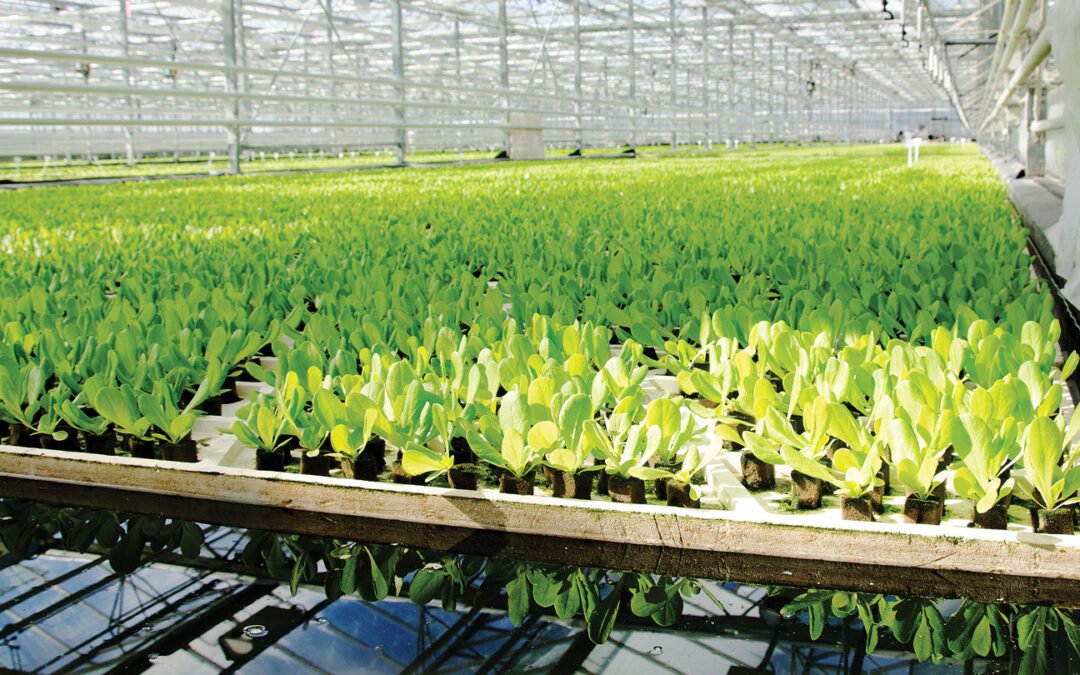For people who do have not natural light or windows and want to thrive indoor plants in the kitchen then artificial light is the best tool for growing their green friends. Now, different types of artificial lights or lamp stands are available in different vibrant colors for your houseplants just place plants in artificial light.
Plants do best in full exposure to the sun and deliver a full spectrum of light for photosynthesizing but some plants can thrive in artificial light as well. Indoor Plants do their best in red or blue lights while yellow or green lights do not help the growth of houseplants according to the research of the University of Hawaii. Many horticulturists need to know what kind of light is best for thriving indoor plants and how to provide light in what quantities.
Can We Grow Plants in Artificial Light?
- You can use artificial light in the dark corner of your kitchen where your houseplants can’t get enough indirect sunlight.
- If you want to start seedlings and add a new plant to your friend list in the early season and you can’t wait for enhancing the level of bright sunlight then you can use artificial light for plants in this hastiness and excitement.
- You can also use artificial lights for your indoor plants during the freezing winter days because, in winter, the sun will play hide and seek with your beautiful green plants, As a result, your plant may suffer starvation and die because of a shortage of sunlight.
You can use artificial lights with various vibrant colors for increasing the beauty of your green friends and your kitchen.
- In this way, you can décor your home beautifully and outstandingly.
Types of Artificial Lightning
You can use five main types of artificial lightning for indoor thriving plants in your kitchen. You just need any hanging tube fixture according to your choice. Let’s explore different types of artificial lightning.
Fluorescent lights

You can use fluorescent grow light bulbs and tubes for your indoor plants because fluorescent bulbs are competent to provide high light with less heat intensity. You can use compact fluorescent tubes or bulbs without having a T5 system. These lights are the useful and best option for thriving indoor plants for both propagation purposes and plant growth. These fluorescent lights come in the form of tubes and compact bulbs that lock into simple lamp sockets.
Advantages of Fluorescent Lights
You can also use T5 HO Fluorescent tubes for plants because they have multiple benefits and are one of the most demanding lighting items.
- While they are not best as energy-efficient as compared to LED and HID lightning but they’re cool and rich in blue wavelength. Its intensity of light enhances the growth rate of plants and blossoms new flowers of plants.
- They provide a full spectrum of light.
- You can use it for a long period
- They are available at a reasonable price for you.
- White Fluorescent tubes are ideal for propagation the of new plants.
You can use a 6500K cool blue light spectrum above the plant awning during the vegetative stage of a plant while simmering the red light spectrum during the pollination or blooming stage.
Incandescent Grow Lights

If you are anthophilous and can’t wait for blooms the beautiful flowers in winter then Incandescent fulfill your desire. It provides a high red wavelength of the light spectrum. Fluorescent bulbs emit a full blue light spectrum to develop strong foliage and pithy red ways while Incandescent light produces only a full red light spectrum. You can also try both lights together by using a ratio of approximately one-third incandescent and two-thirds fluorescent lights.
How to use Incandescent lights for growing plants in artificial light?
- Incandescent lights have high intensity of light so, keep them away from your green friends.
- You can use incandescent lights for thriving low-light indoor plants such as vines, ferns, philodendrons, and Pothos.
- Don’t use these lights for tropical lights that love bright sunlight such as succulents, cacti, Anthurium, and Bird of paradise.
LED Lights to Grow Plants in Artificial Light

Horticultural LED (light-emitting diode) grow light is one of the best and most useful Artificial light sources. In LED Technology, every bulb is vary from others, so make sure your bulb emits the blue or red wavelength which is crucial for healthy, flowering foliage and fruit development.
Benefits of LED grow Light
- LED lights can work for a long time.
- You can purchase it without exceeding your budget because It is not exorbitant.
- It is more energy efficient than T5 HO Fluorescent lights.
- It provides a full spectrum of light with red or blue wavelengths.
HID Grow Lights

HID (High-intensity Discharge) lights consist of metal halide and a high-pressure sodium system. Halides perform very well in ample space. Larger indoor plants love to grow in Halides light because they cover a larger area in the term of lightning. They are less energy-efficient as compared to LID. Don’t forget that plants require darkness too, so facilitate them with 12 to 18 hours of light only per day.
Pros of HID grow Lights
- They are cheap compared to LID Lights.
- HID Lights is a great choice for beginner indoor grower plants.
- HID is a big source of providing UV radiation.
- It is very easy to use HID lights than LID lights.
- It’s a doodle to fix up the HID lights as compared to LID lights.
- HID lights can infiltrate the lower leaves of your houseplant.
Halogen Grow lights

Halogen bulbs are not a more demanding and perfect product for thriving indoor plants though, they have their place in the artificial lighting market. They emit vibrant red light from the spectrum but the light they emit is not good and useful for your indoor plant’s growth because they supply from the red end of the spectrum unfortunately, they are unable to provide plenty of light from the blue end of the spectrum. It can’t help to enhance the growth of your green friend in the kitchen because of the absence of blue light but it can encourage your plant to blossom beautiful flowers with red light.
How to use Halogen Grow lights for flowering plants?
- Place the halogen lights 6 to 12 inches above the plant canopy.
- They have less heat intensity so, use a couple of halogen lights per day.
- If your plant is not getting sunlight then keep it for about 16 to 18 hours under the Halogen lights daily.
- Always use Halogen lights during the day hours and turning off them during night hours to give the houseplants time for slumber and comfort.
- Halogen lights will dry out the soil while plants require moisture for growing so, don’t let dry the soil and water the soil at the proper time.
Plants that need low Artificial Lights
Don’t try to grow tropical plants under the low artificial lights. Houseplants that love to thrive in low light conditions can grow easily in artificial lights. Let’s explore the plants that thrive in any type of artificial light.
- Pothos
- Philodendron
- Chinese Evergreen Plant
- Cast iron plant
- ZZ plant
- Monstera Deliciosa
- Lucky Bamboo
Plants that need more artificial light
- Orchids
- Indoor palms
- African Violets
- Christmas Cactus
- Weeping Fig


